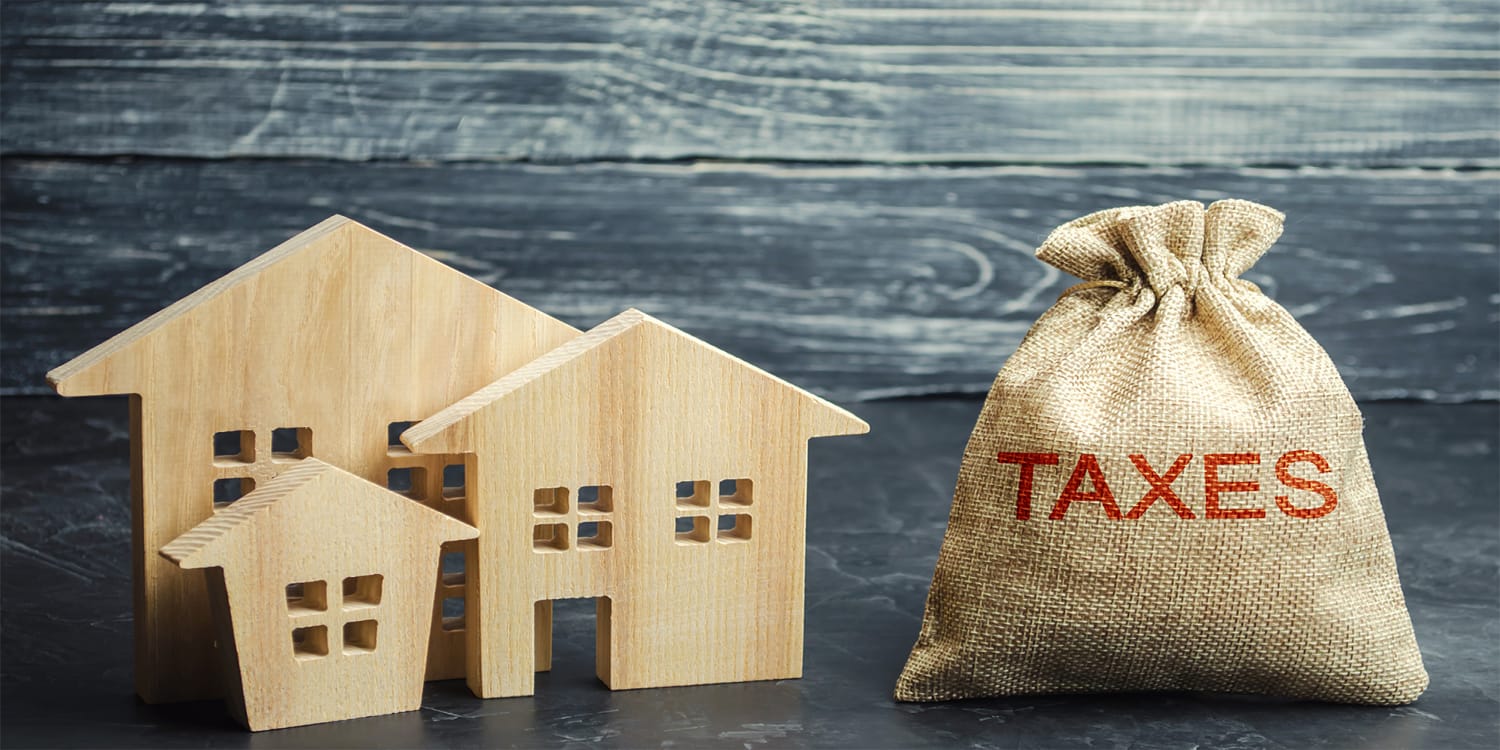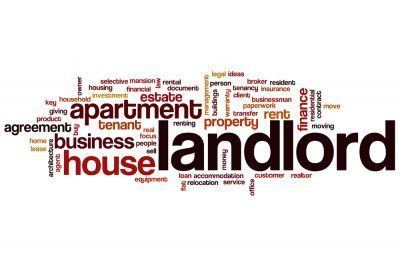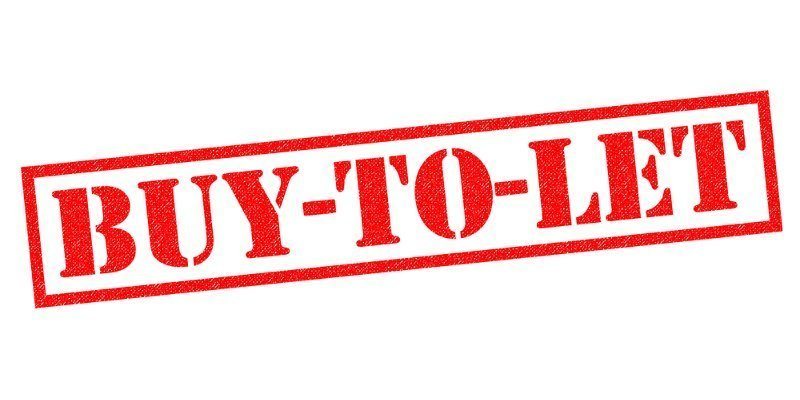Leaseholders could find it easier and cheaper to buy the freehold of their building under radical government proposals to create a fairer housing system.
As we approach the end of the first month in 2022, Tim Walford-Fitzgerald, partner at UK accountancy firm HW Fisher shares his expectations for the property market and the 6 major tax considerations you need to be aware of.
As a new year for the property market begins, new research has revealed that the total value of homes in England has increased by 80% over the last decade.
Tens of thousands of people will be protected from homelessness as a result of a £316 million funding boost, announced by the Department for Levelling Up, Housing and Communities in December.
Agencies can leverage technology and economies of scale to ensure compliance across their entire portfolio, while landlords who choose to self-manage face an uphill battle to accomplish the same task with fewer resources.
2021 has been a great year for the UK property market, with prices outperforming record growth seen in late 2007. What sets 2021 apart from this previous era is that growth has been stable, as banks continue to tread carefully following 18-months of economic uncertainty as a result of Covid.
Bristol, Oxford and Cambridge have been named as the best cities for landlords and investors to invest in for 2022, according to Aldermore’s Buy to Let City Tracker.
The Bank of England is considering easing mortgage rules in a move that could boost house prices.
- House Price Growth at 15 Year High Last Month
- Interest Rate Rise – Could It be Stalled?
- Demand for rental properties at record level: NRLA
- House price rises similar to those before 2007 crash
- Housing Supply Down by 10+%
- UK Rents Rising at Fastest Pace in 13 Years
- Is BTL Investment still a thing?
- UK homes top quarter of million pounds for first time








